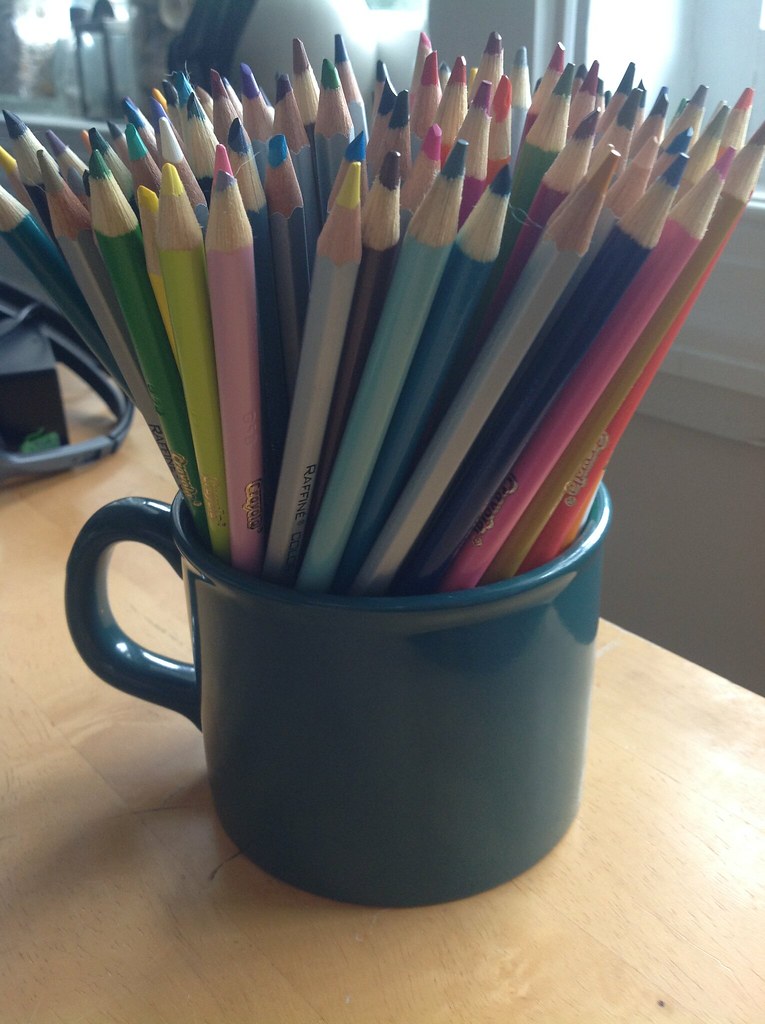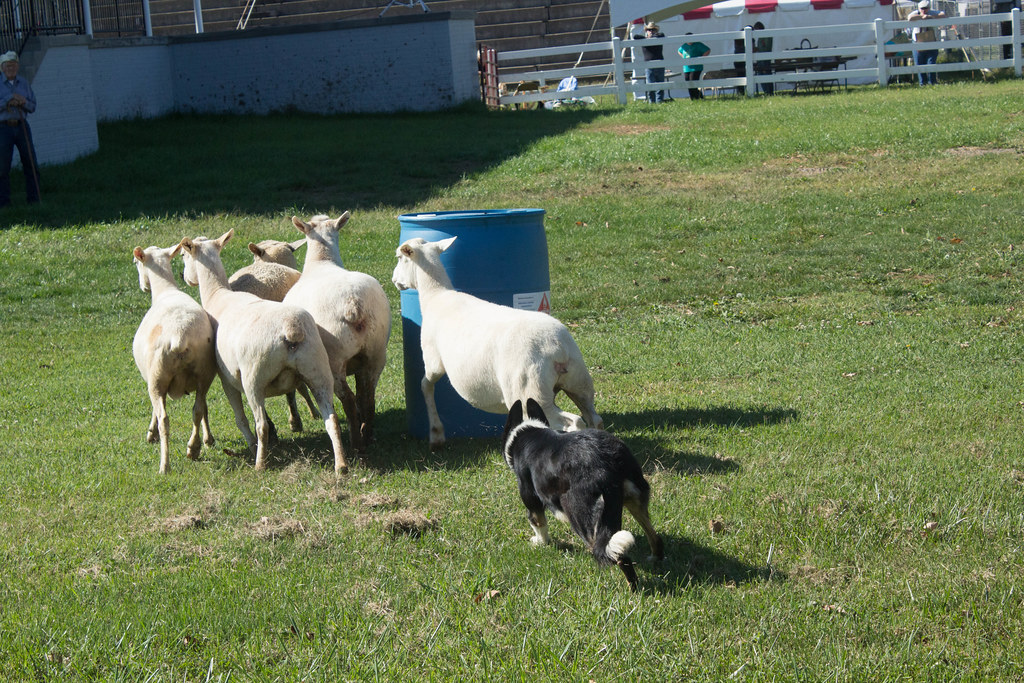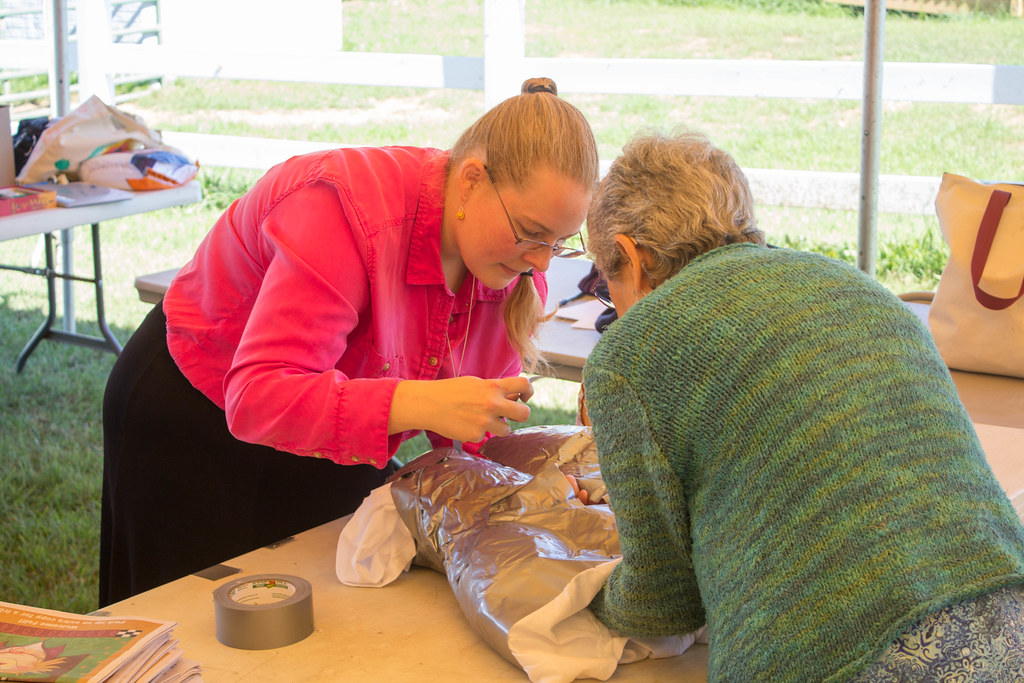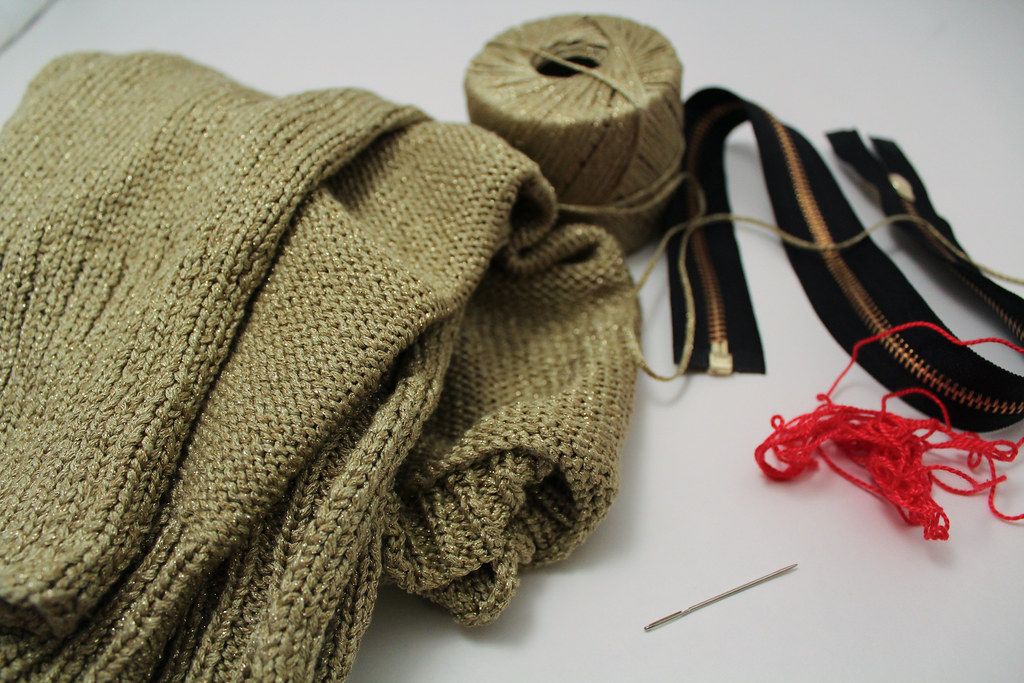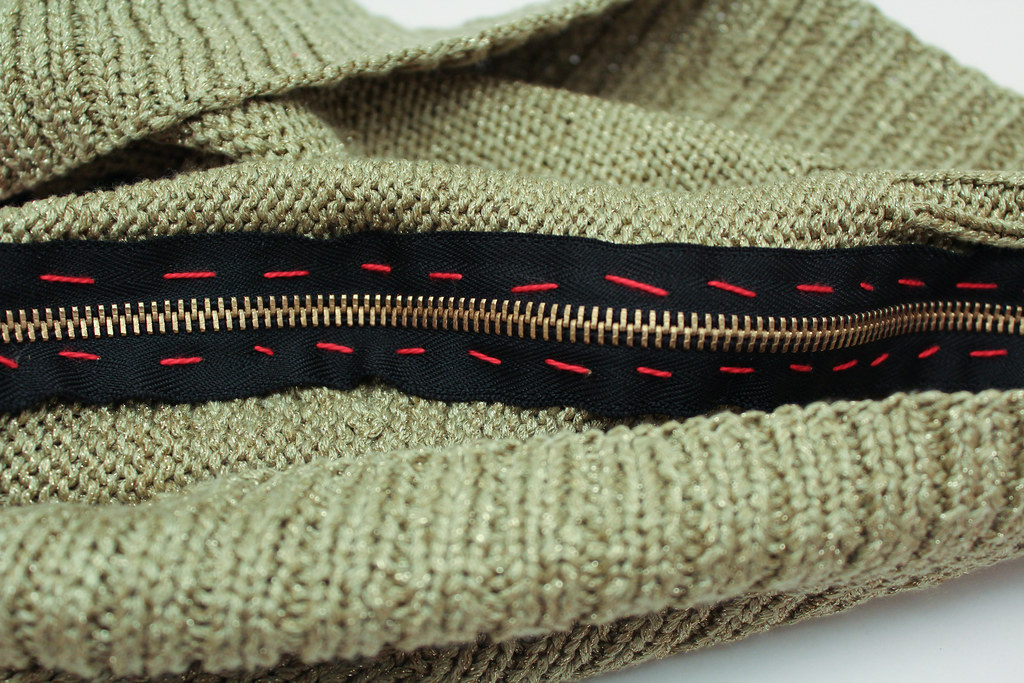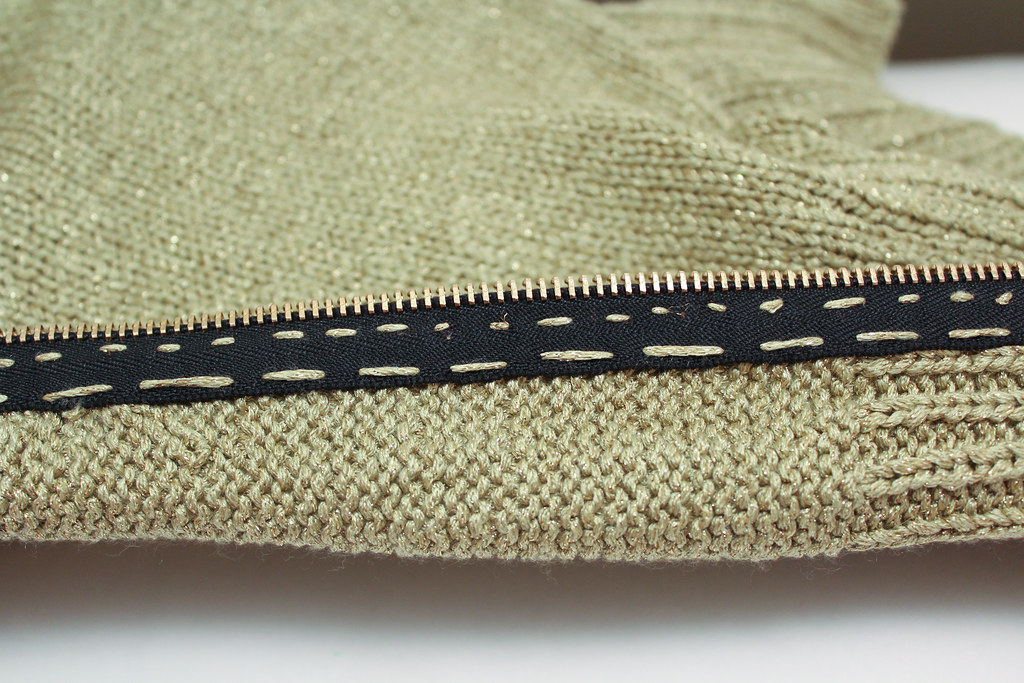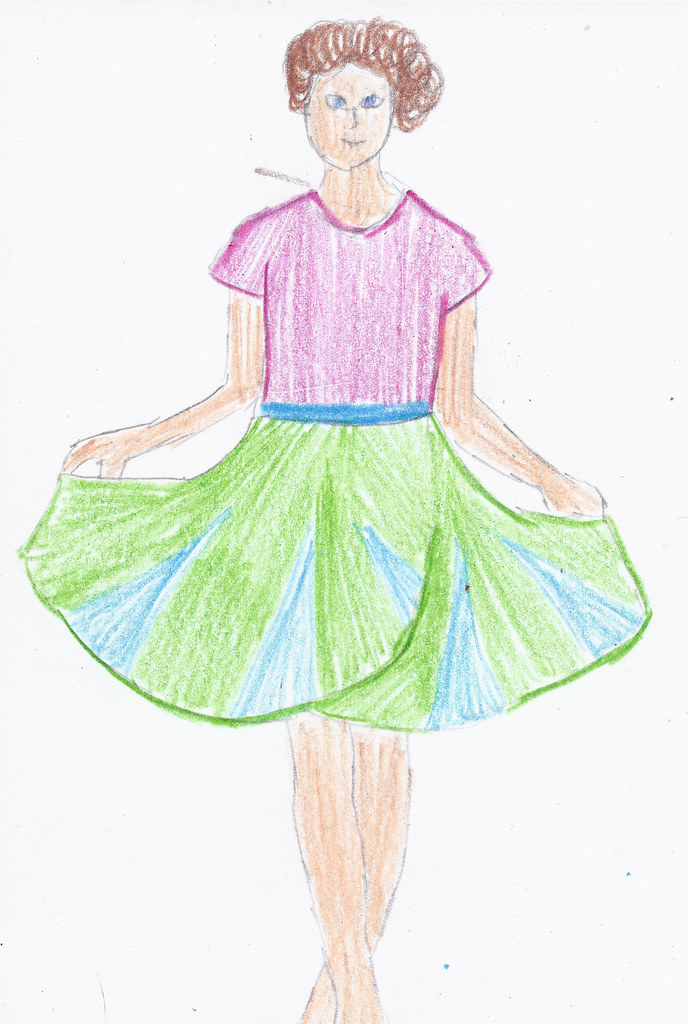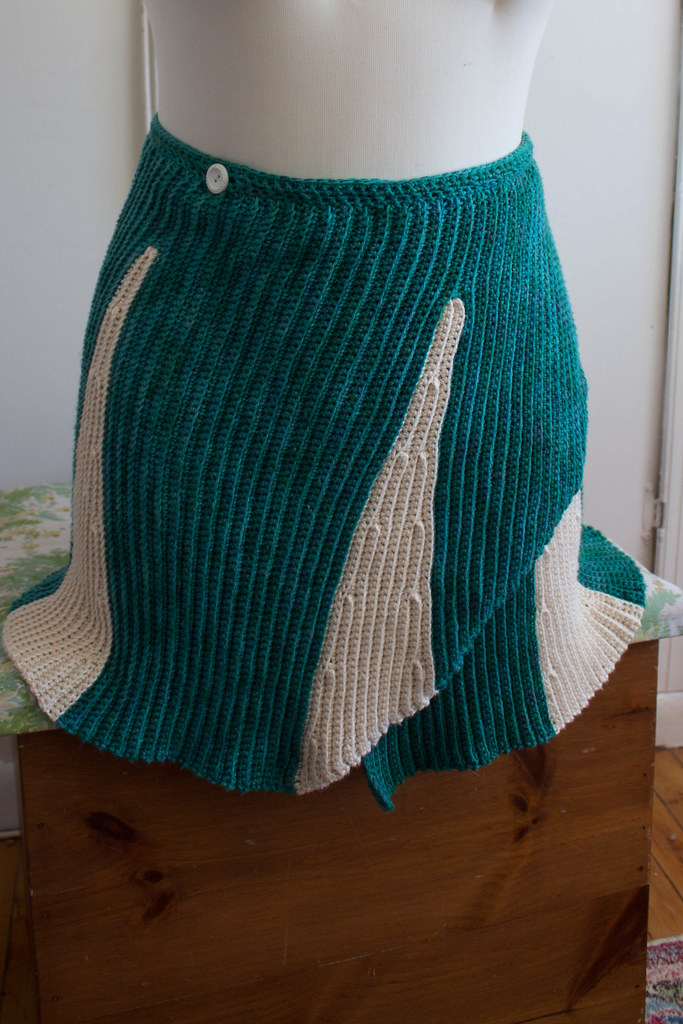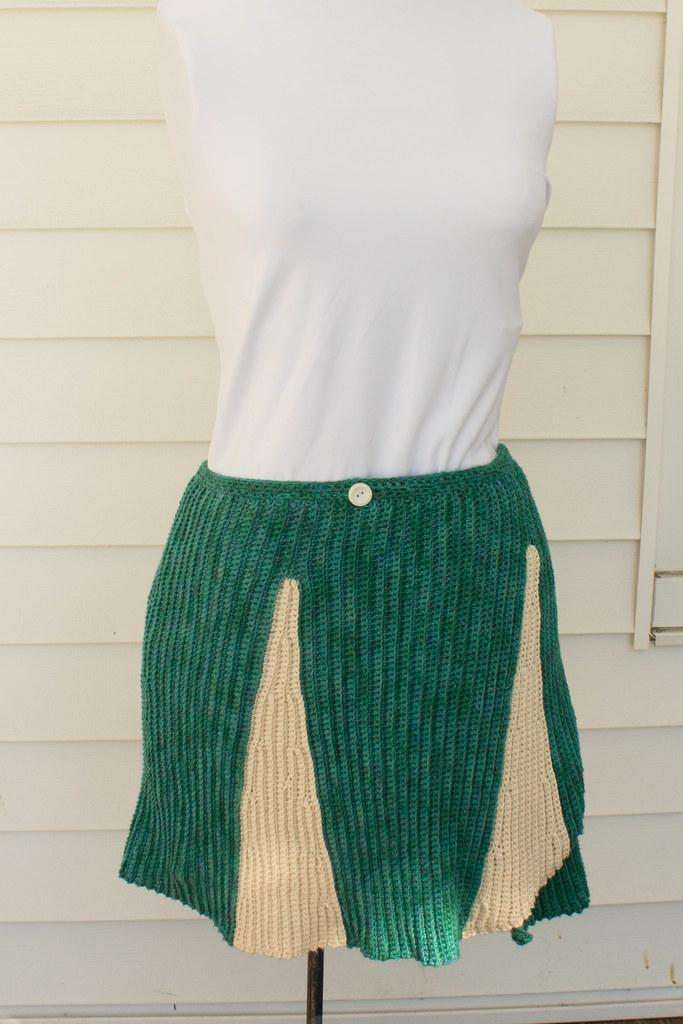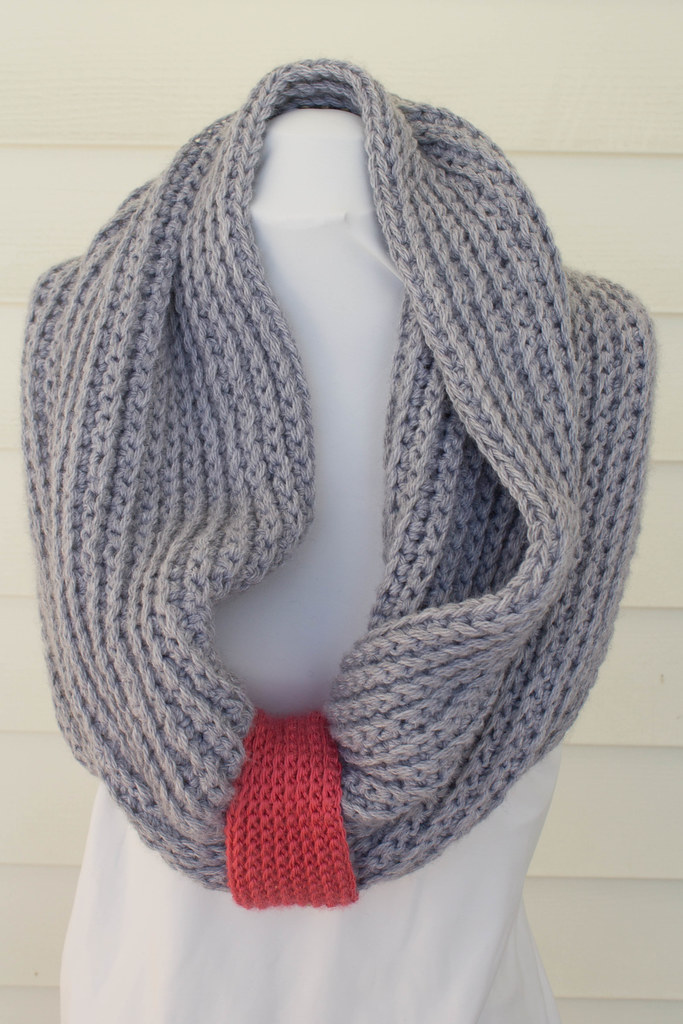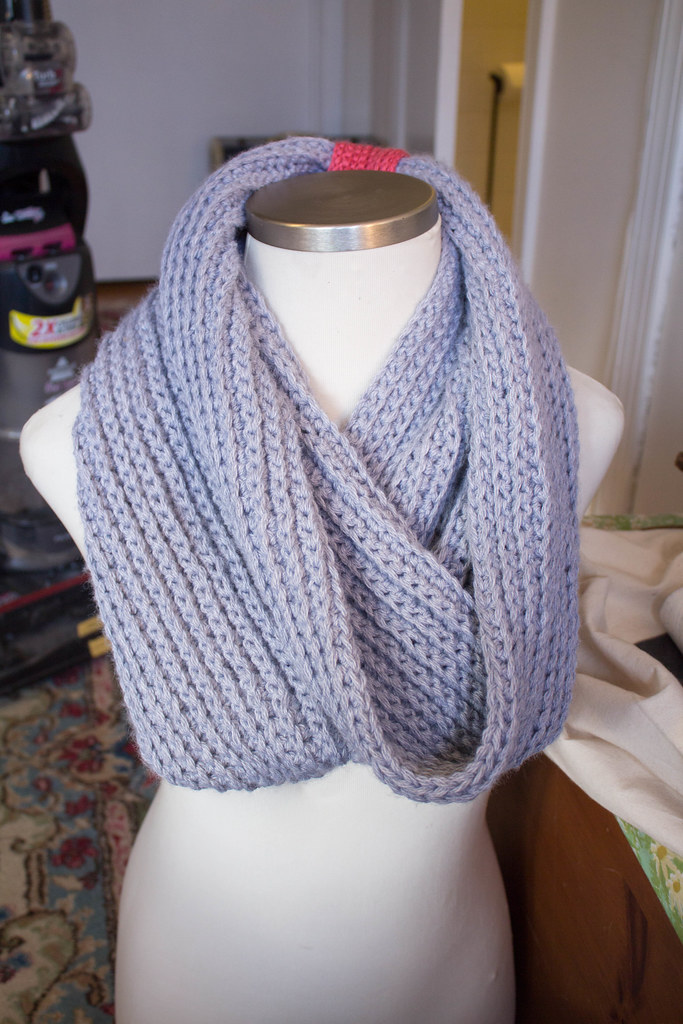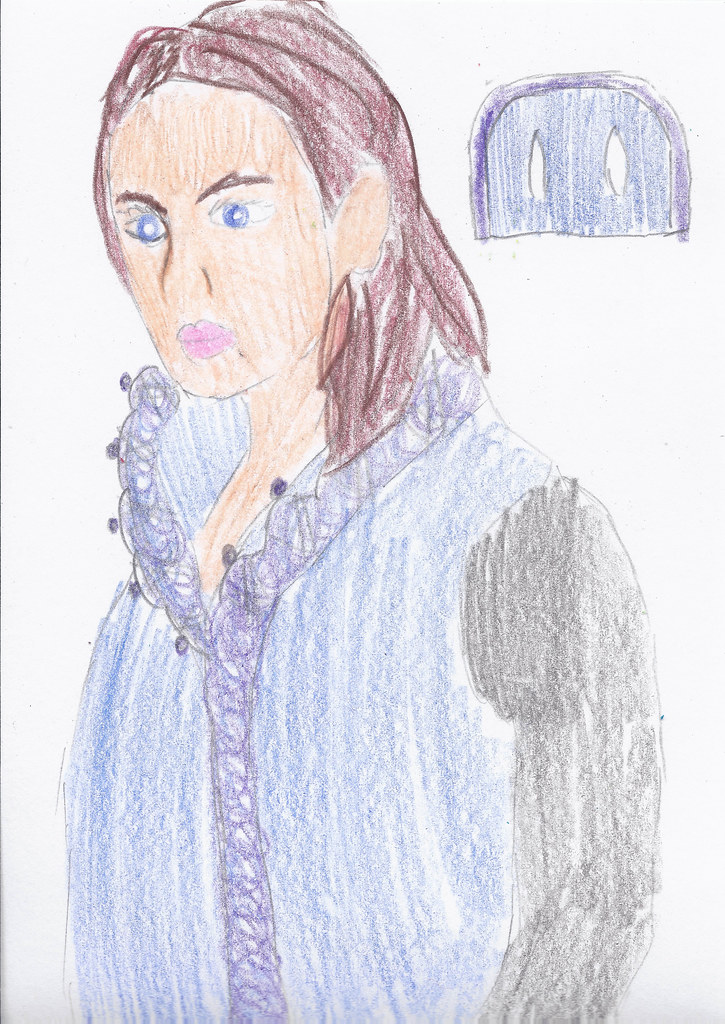This morning I spent some time talking to Marian Schembari, a Davidson College classmate of mine. Marian’s been a person I’ve enjoyed following since we graduated: from her facebook ad that got her a job in publishing, to her dynamic transition from a Couchsurfer user to employee, and finally to the freelance career she has today – she’s always doing something smart and interesting. Oftentimes I’ve drawn parallels between the tracks of our careers – as we’ve both struggled to figure out what to do when the career we thought we wanted to do didn’t quite work. While I realized that I wasn’t suited to academia and an office job, Marian realized that publishing wasn’t quite a good fit for her. In the years since 2005 (when we were across the other in our freshman dorms), I’ve went from being a little in awe of Marian (she had a great roommate and a great sense of style and an amazing writing voice) to being respectful of her as a businesswoman – one who has managed to make several right-turns in her career and still remain passionate and articulate and true-to-herself.
So I was curious as I sat down to chat with Marian over Skype this morning. She had put out a call on Facebook, wanting to talk to women who ran small businesses, and I figured it would be a fun way to say hello and reconnect. It’s funny – despite never being good friends in college (probably due to me often just feeling/being awkward), we managed to chat for just under an hour about so many different things we had in common.
One of my goals each month this year was to call up and talk to someone I thought was neat or cool and just chat. I’ve mentioned this before (especially on twitter). The goal was a simple one: the job I have now, on an everyday basis, is a largely solitary one, and I wanted to reach out to people who I thought were neat and just connect. Also, because I tend to have a fear of calling up people I don’t know, this was a way to work on that problem! Think of it as establishing my own water-cooler. I kept the rules loose – the chat could be in person or on the phone, and it didn’t have to really be for any reason other than I thought the person was nifty. This mission has led to me establishing connections I didn’t think was possible, and even some young friendships.
Talking with Marian brought home why I started this project. We were able to chat about how our Alma Mater has both been a boon (in friendships) and a frustration (our work-ethic is perhaps permanently warped). Marian gave me some great ideas about how to talk and present myself online, and I told her a bit about my business and the fiber arts industry. At one moment Marian shared her love of adult coloring books, and I reached just out of the frame to hold up my mug of colored pencils. Laughing, Marian reached out of the video frame on her end, to show me a bunch of colored pencils – also in a coffee mug.
It also brought home several things I shouldn’t forget: that I need to remember to keep doing the things I love, in between the things that keeps a business running.
When was the last time you reached out to an old acquaintance? How did it go?

